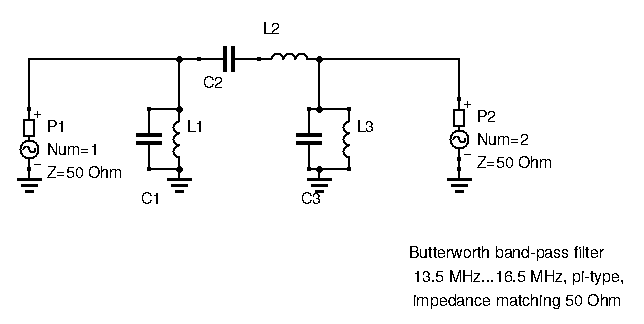OSC II.2 – Direct Digital Synthesis
When it comes to oscillators, one technology that has greatly risen in popularity these past few years is DDS – Direct Digital Synthesis. An increasing number of ham projects are using DDS chips, and it is possible to find RF-capable chips at relatively affordably prices. With easy-to-use micro-controller development boards such as the Arduino, using … Read more








